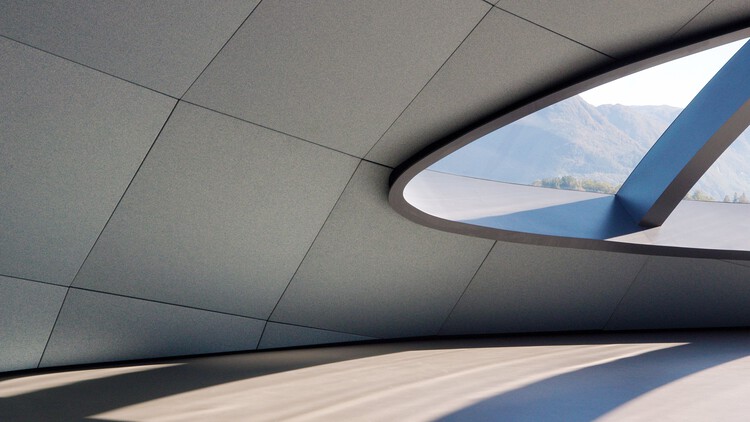Building design is greatly impacted by architectural acoustics, which also affects occupant comfort, use, and overall experience. Architects and designers are looking at creative ways to reduce noise pollution from HVAC systems as the desire for calm and serene interior spaces grows. Building designs that use HVAC acoustic screen walls is one such approach. The significance of architectural acoustics and the advantages of incorporating HVAC screen walls into architectural design will be discussed in this article.
1. Being Familiar with Architectural Acoustics
Architectural acoustics is the discipline of regulating sound in confined areas to produce ideal listening conditions. It includes a range of ideas and methods designed to reduce sound waves, resonance, and other acoustic disruptions while improving use and comfort. Architectural acoustics takes into account features such as surface materials, space geometry, and sound-absorbing components to achieve the intended acoustic performance.
2. HVAC Systems’ Contribution to Noise Production
Modern buildings must include heating, ventilation, and air conditioning (HVAC) systems in order to provide inhabitants with indoor air quality and thermal comfort. Nevertheless, noise may also be produced by HVAC systems, especially from fans, ducting, and air handling equipment. This noise may be uncomfortable and interfere with activities in inhabited places since it can travel through building structures and ducting.
3. The Difficulties of HVAC Systems’ Noise Control
Architects and designers face many difficulties when managing the noise produced by HVAC systems. Conventional approaches to noise reduction, such as sound-absorbing materials and insulation, may not always be enough to handle HVAC equipment’s unique noise characteristics. Conventional noise reduction solutions may also be less effective due to aesthetic concerns and space limitations.
4. Overview of Acoustic Screen Walls for HVAC Systems
HVAC acoustic screen walls provide a practical way to reduce noise pollution from HVAC systems without sacrificing architectural style. These walls are made expressly to lessen the sound that HVAC systems transmit, which lowers noise levels in nearby areas and enhances acoustic comfort in general. HVAC acoustic screen walls may be used to effectively manage noise without sacrificing architectural integrity in interior areas, rooftop installations, or building facades.
5. Considering HVAC Acoustic Screen Wall Design
To guarantee best performance and integration when integrating HVAC acoustic screen walls into architectural design, the following considerations should be taken into account:
- Acoustic Performance: Sound transmission class (STC) ratings and noise criterion (NC) levels should be taken into consideration while designing HVAC acoustic screen walls in order to accomplish the intended noise reduction objectives.
- Aesthetic Compatibility: HVAC acoustic screen walls should blend in perfectly with the surrounding materials, finishes, and architectural details, as well as the building’s overall design goal.
- Structural Support: In outdoor or rooftop installations that are exposed to wind loads and other environmental variables, adequate structural support is crucial to guaranteeing the durability and endurance of HVAC acoustic screen walls.
- Maintenance Requirements: Accessibility for cleaning, inspection, and repairs should be taken into account while designing HVAC acoustic screen walls.
- Regulatory Compliance: To guarantee regulatory approval and occupant safety, HVAC acoustic screen walls must be designed and installed in accordance with local building rules, zoning laws, and noise ordinances.
Conclusion
The integration of HVAC acoustic screen walls into architectural design is a viable and efficient approach to managing HVAC system noise and augmenting building acoustic comfort. Designers may achieve the best possible noise reduction while maintaining the integrity of their design and occupant happiness by seamlessly integrating HVAC acoustic screen walls into architectural aesthetics. HVAC acoustic screen walls will become more and more important in helping to create healthier, cozier, and more pleasurable interior spaces for inhabitants as architects and designers focus on sustainability and acoustic comfort in building design.










